Argonne report on characteristics of light-duty plug-in electric vehicles in US
Green Car Congress
NOVEMBER 22, 2022
A new report from a team at Argonne National Laboratory examines the changing characteristics for light-duty plug-in electric vehicles (PEVs) from 2010-2021, evaluating range, energy efficiency, costs, and performance. The sales-weighted average range for BEVs reached 290 miles in 2021 and 28 miles for PHEVs. More than 2.1

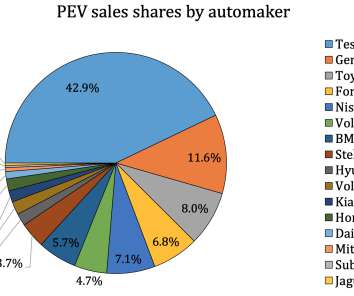
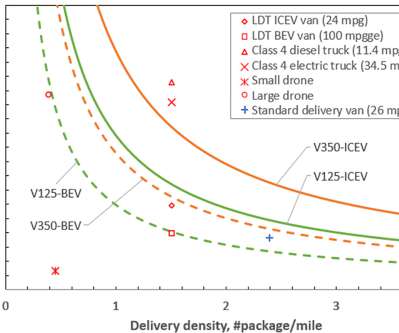

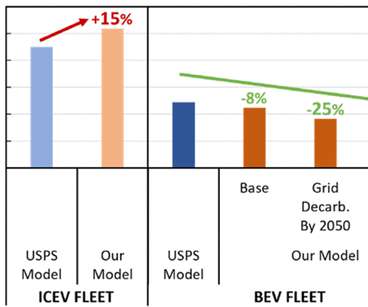
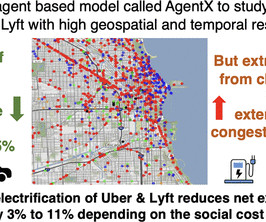







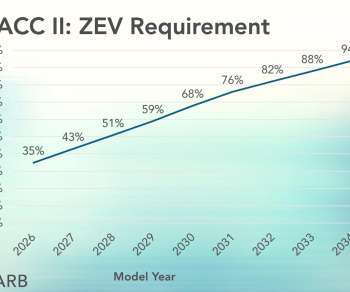
























Let's personalize your content